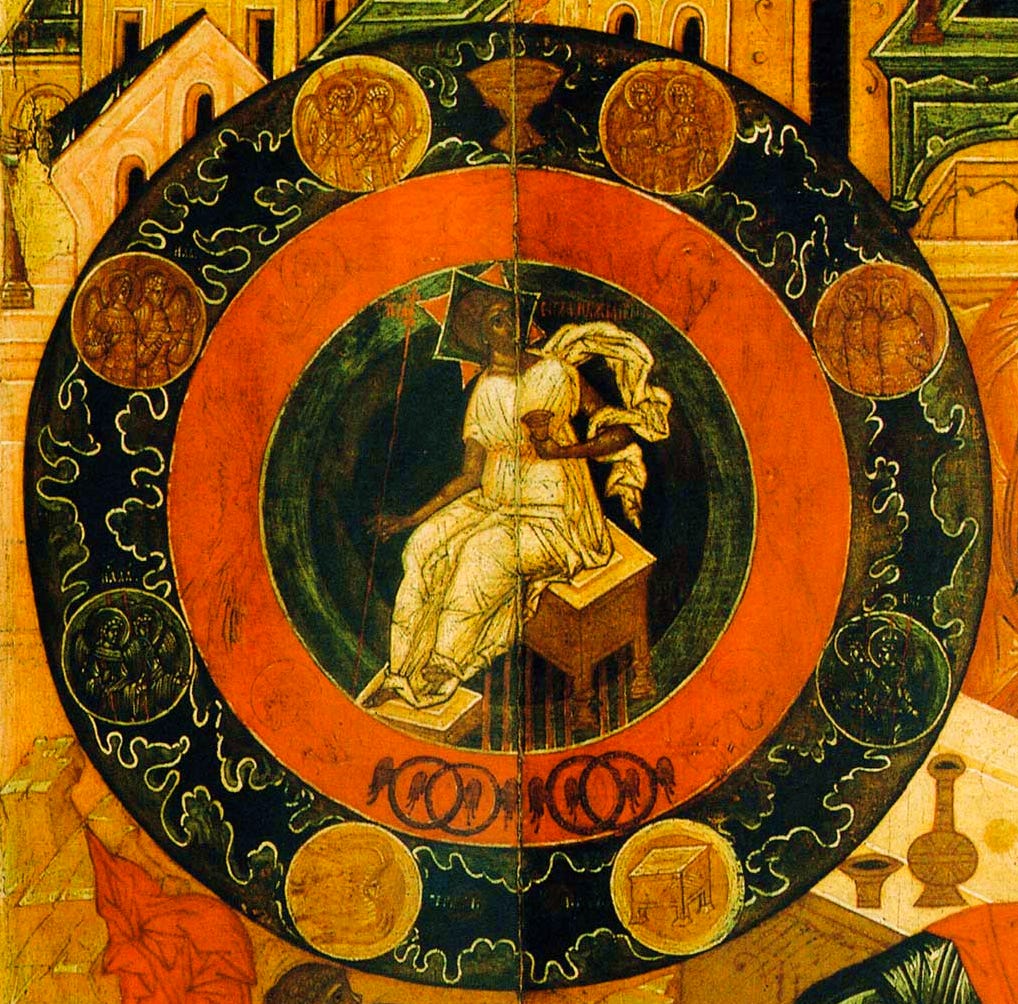The Deeper Meaning: Examining the Natural Order with Thoughtful Consideration
Observing the various elements of the world, such as animals, plants, stars, or other humans, does not necessarily distract from broader inquiries about existence. In fact, examining the natural order with thoughtful consideration can lead to a deeper understanding of its origins and structure. Some viewpoints assert that the world is not a separate, secular entity but rather shaped and maintained by a higher power. From the perspective of Traditional Catholicism, Earth is considered to have a central role in creation, being viewed as the setting for key events such as the Incarnation and Redemption. This outlook positions the planet as significant within the broader context of the universe, reflecting a belief in purposeful design and unfolding events. If we focus only on ourselves and other created things without reference to God, we not only miss the deeper meaning of what we see but distort it into something lifeless and grotesque. Such a view darkens the intellect and troubles the heart, especially for one whose faith remains simple and sincere. But when we see creation as flowing from God and pointing back to Him, it becomes radiant with truth and beauty. The world, seen in the light of divine order, lifts the soul toward heaven rather than dragging it into confusion.
As we carefully examine the origins of created things, we are met with a magnificent display of divine power pouring forth infinite goodness. To observe the creatures of the world is to be filled with wonder at the beauty, order, and precision with which God, the divine Architect, has formed all things. Each part of creation, from the smallest detail to the grandest structure, reflects the wisdom of God and reveals glimpses of His divine nature. These are not random or purposeless entities, but shining reflections of the Creator, presented before the eyes of man as signs of His glory. From a Traditional Catholic geocentric understanding, we recognize that this ordered cosmos, with the Earth at its center, was designed with intention and meaning. It is here, at the heart of creation, that God chose to become incarnate and to redeem mankind. When we look at the direction in which all created things tend, we see that nature itself strives to return to God, its origin and end. Each creature seeks to fulfill its purpose, moving toward a perfection that mirrors more closely the infinite perfection of its Maker. In this journey, creation proclaims its desire to return to the source from which it came, to unite with the divine will, and to fulfill the purpose for which it was lovingly brought into being.
Many today might find the story of creation charming or intriguing if they were convinced it was merely a myth and not actually true. The account of God’s sovereign will calling forth the stars and the vast universe from the void could seem as delightfully mysterious as the illusions performed by a magician. It might inspire wonder, much like a clever performance, provided one believed it was simply a divine show—something impressive yet ultimately explainable, a product of imagination or symbolism rather than reality. But such a view strips creation of its sacred depth. From the Traditional Catholic perspective, firmly grounded in the truth of Scripture and the central place of Earth in the created order, we affirm that the universe is no illusion. It is not a trick or poetic allegory, but a historical act of divine power and wisdom. God truly spoke the heavens and the Earth into existence, placing mankind at the heart of this cosmos with a real mission and destiny. Creation is not meant to amuse us with mystery, but to move us to reverence, humility, and awe before the Creator who sustains all things in being.
The question of how the world began cannot be ignored, no matter how much time people claim has passed. Whether someone says the Earth is a few thousand years old, as Sacred Scripture teaches, or imagines it to be millions of years old, the deeper question still stands: how did it begin? This mystery cannot be smothered by piling on ages and theories. It cannot be solved by jumping into the middle of the world’s story and pretending there was no true beginning or that the beginning is unimportant. To act as though origins and final ends are trivial compared to the excitement of modern life is to live in denial of the truth.
Modern thinking often hides behind contradictions, as if saying, with a straight face, that "at some point, Randomness brought itself together and the world just happened." But this is not real thought. It is no more reasonable than saying an infant gave birth to itself. Such ideas are fantasy, not fit to deceive even a child. Yet many today cling to these fables because they are unwilling to accept the mystery and majesty of a divine creation. Minds today rebel against mystery. They fight it off like an infant refusing the food that would sustain its life. They squirm, resist, and pout at the truth that the world was created by God, out of nothing, by His word and will.
As a Catholic who believes in the literal account of Genesis and the young age of the Earth, I affirm with confidence that God created the heavens and the Earth in six days, as Scripture reveals. This was no illusion, no allegory, and no poetic myth. It was a real event, the beginning of time itself, when the Creator shaped all things with order, purpose, and love. The Earth, placed at the center of creation, is not a meaningless speck in a godless cosmos, but the stage of salvation history, chosen by God as the place of the Incarnation, the Redemption, and the final fulfillment of all things.
Levi Pingleton with




